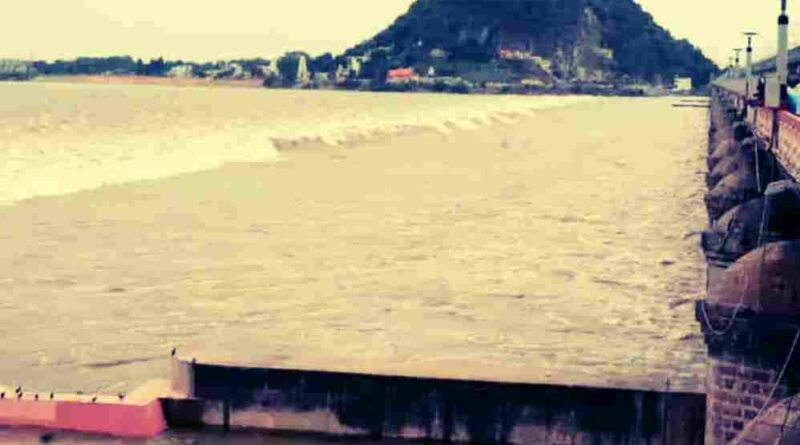When the Rains Recede but the River Keeps Rising: Understanding the Krishna’s Persistent Surge
A Changing Monsoon Landscape
In recent days, Karnataka has witnessed a notable slowdown in rainfall—yet, paradoxically, the Krishna River continues to swell. What lies behind this unsettling trend is a complex interplay of upstream water discharges, reservoir management, and the natural behavior of river systems.
Upstream Releases: A Hidden Overflow
The quiet skies over Karnataka mask a growing force: powerful releases from the dams in Maharashtra. These upstream waters—managed through strategic but heavy releases—are making their way downstream, keeping river levels persistently high despite local calm. The ripple effect is clear: even if your region isn’t currently wet, the river still bears the consequences of remote deluges.
The Role of Reservoirs: Blessing or Threat?
While dams like Almatti are critical for water storage and meeting irrigation needs, they come with a caveat. When reservoirs are near full capacity and receive continued inflows from upstream rain-fed regions, authorities must often release water aggressively to prevent dam breaches. This release—though imperative for safety—can intensify downstream flooding.
In some districts, this has translated into submerged bridges, inundated agricultural fields, and local communities facing the challenge of swelled waters without receiving rain themselves.
Human Impact: When Rivers Turn Against the Land
Even as the heavens look clear, fields and homes along the Krishna’s banks find themselves in jeopardy. Villages previously spared from monsoon damage are now at risk from water released elsewhere. This disconnect between official weather reports and ground reality can leave residents unprepared, heightening anxiety and making timely action even more essential.
Better Coordination, Safer Communities
Experts emphasize that this pattern calls urgently for improved river management across states. Better coordination between Maharashtra and Karnataka—particularly in terms of reservoir releases and real-time data sharing—can prevent abrupt surges downstream. By gradually releasing water ahead of potential heavy inflows, dam authorities can smooth out peaks and help communities brace for impact.
Read Between the Local Forecasts
Here’s what to keep in mind—even when your local forecast shows dry skies:
- Downstream vigilance is key: Stay informed about dam releases and water levels, not just rainfall.
- Remote rain still affects downstream flow: Water released from upstream can swell your local river without any local rain.
- Preparedness is not just about the weather—it’s about upstream dynamics too.
A Human Tale, Not Just Hydrology
At its heart, this is more than a hydraulic challenge: it’s a human story. Families uprooted, fields lost, and communities scrambling to adapt—all while the rain has already passed—speak volumes. Bridging the gap between meteorological forecasts and real-world threats can’t wait.
Final Thoughts
The Krishna River’s lingering rise—even with receding rains—underlines a vital lesson: in water management, upstream and downstream are inexorably connected. As monsoon patterns shift and reservoirs brim, proactive coordination and community awareness become lifelines.
Stay alert, stay informed—and remember: the calm above doesn’t always mean calm below.
Disclaimer
The information and content shared on digitalgithub.com — including articles, blogs, news, guides, and other resources — is intended for general informational and educational purposes only. We do not guarantee the completeness, reliability, or suitability of any information. Always seek the guidance of a qualified professional before making decisions based on the information you read. Use this site at your own risk.

